As the global balance of power continues to shift in the post-pandemic, post-unipolar world, India is emerging as a central player in the new world order. No longer confined to regional affairs or non-aligned diplomacy, India is now at the intersection of East and West, carving a role rooted in strategic autonomy, economic ambition, and soft power influence.
But what exactly is this "new world order," and how is India shaping—and being shaped by—it?
Let’s dive into India’s evolving role, its diplomatic dance between powers, and the path it is forging in an increasingly multipolar world.
🧭 What Is the New World Order?
The "new world order" refers to the changing global structure where power is no longer concentrated in the hands of a single superpower (like the US post-Cold War) but is now spread across multiple rising powers—including China, India, Brazil, the EU, and others.
Key traits of this new era:
US dominance is being challenged economically and diplomatically.
China is rising as a competing superpower.
Regional powers like India are asserting more independence.
Global institutions (UN, WTO, WHO) face credibility questions.
Geopolitical blocs are realigning (e.g., BRICS+, Quad, I2U2, SCO, G20+).
In this uncertain landscape, India isn’t just adapting—it’s shaping the rules of engagement.
🇮🇳 India’s Strategic Pivot: Between East and West
India’s foreign policy approach in this new world is multi-alignment, not non-alignment. This means it builds issue-based partnerships with both the East and the West, depending on national interest.
On One Side: The West
India enjoys strong partnerships with:
The United States: Strategic, defence, and tech cooperation
France & EU: Climate, education, and military collaboration
Israel: Defence tech and innovation
UK & Australia: Trade, education, diaspora links
These relationships offer India:
Access to high-end tech and defence systems
Support in international forums
Investments and education exchanges
On the Other Side: The East
India also engages with:
China (carefully): Despite tensions, it's still a major trade partner
Russia: Historic defence ally, major arms supplier, energy trade
Middle Eastern powers: UAE, Saudi Arabia, and Iran are crucial for energy security and diaspora
Southeast Asia: ASEAN members are partners in India’s Act East Policy
India leverages eastern ties for:
Strategic energy needs
Regional influence in the Indo-Pacific
Countering China's Belt and Road Initiative (BRI)
🧠 This dual engagement keeps India independent, agile, and unpredictable to adversaries—a diplomatic strength in a volatile world.
🌐 India as a Bridge in a Polarised World
India’s unique strength is its ability to bridge ideological and economic divides.
It can talk to Washington and Moscow, Tel Aviv and Tehran, Beijing and Brussels.
It sits in BRICS with China and Russia, but also in the Quad with the US and Japan.
It speaks for the Global South while partnering with the Global North on tech and trade.
This makes India a crucial diplomatic mediator, especially on:
Climate negotiations
Vaccine equity and health diplomacy
Technology governance
Food and energy security
India’s role as a global problem-solver is becoming just as important as its economic or military strength.
💼 Economic Power: India’s Ticket to Global Influence
India’s economic rise is one of the key reasons for its growing role in the world order.
Now the 5th largest economy globally
Expected to reach $5 trillion GDP by the end of the decade
A booming digital economy and a startup ecosystem
Leader in pharmaceuticals, IT, and renewable energy
Trade Diplomacy:
India is using economic diplomacy to:
Sign bilateral trade deals with the UK, Australia, and the UAE
Reduce dependency on Chinese supply chains
Attract global investors through Production Linked Incentives (PLI)
Expand its role in the G20, WTO, and Indo-Pacific trade coalitions
💹 In the economic chessboard, India is not just a player—it’s a growing platform nation offering both market size and policy stability.
🛡️ Defence and Strategic Autonomy
India’s defence posture is changing—from reactive to proactive.
Increasing investments in indigenous defence production (Atmanirbhar Bharat)
Modernising armed forces with Western and Russian equipment
Expanding its naval presence in the Indo-Pacific
Conducting joint military drills with the Quad nations and ASEAN
Despite ties with the US, India refused to join Western sanctions on Russia post-Ukraine war, asserting its strategic autonomy.
🔒 This stance earned India respect from Global South nations looking for non-aligned leadership in a polarised world.
🎓 Soft Power: Culture, Diaspora, and Digital Reach
India’s role in the world isn’t just about power—it’s also about presence.
Cultural Reach:
Yoga, Bollywood, Indian cuisine, and classical arts enjoy global popularity.
Indian festivals like Diwali are celebrated in dozens of countries.
India's democratic values and pluralism are often referenced positively, even amid internal challenges.
Diaspora Diplomacy:
Over 35 million Indians live abroad.
India has leveraged its diaspora for:
Lobbying in foreign governments
Cultural influence
Business connections
Emergency support (e.g., during COVID-19)
Digital Influence:
India is one of the largest internet markets and is exporting:
Digital public infrastructure (e.g., UPI, Aadhaar stack)
Cyber diplomacy models
EdTech, HealthTech, and AgriTech innovation
📲 India’s digital diplomacy is a new pillar of global engagement.
🧠 India’s Global Vision: Vasudhaiva Kutumbakam
India’s foreign policy is increasingly guided by the ancient philosophy of:
Vasudhaiva Kutumbakam — “The world is one family.”
This vision was echoed during India’s G20 presidency, where the focus was on:
Inclusive growth
Tech for good
Global health equity
Bridging North-South divides
In the new world order, India is positioning itself not as a superpower, but as a moral and collaborative power, focused on shared prosperity, peace, and development.
✅ Final Thoughts: India at the Crossroads of the Century
India’s rise in the new world order is not accidental—it’s earned through decades of smart diplomacy, economic reform, and cultural depth.
Between the East’s strategic assertiveness and the West’s liberal ideals, India stands in the middle—balancing, bridging, and leading.
As we move deeper into the 2020s, India will likely:
Shape global rules on tech, trade, and climate
Mediate conflicts where others won’t
Offer a model of democracy and development that is unique to its civilisation
In a fragmented world looking for stability, India may very well be the balancing force the future demands.
📌 Related Posts
“How Global Elections Are Influencing Indian Foreign Policy”


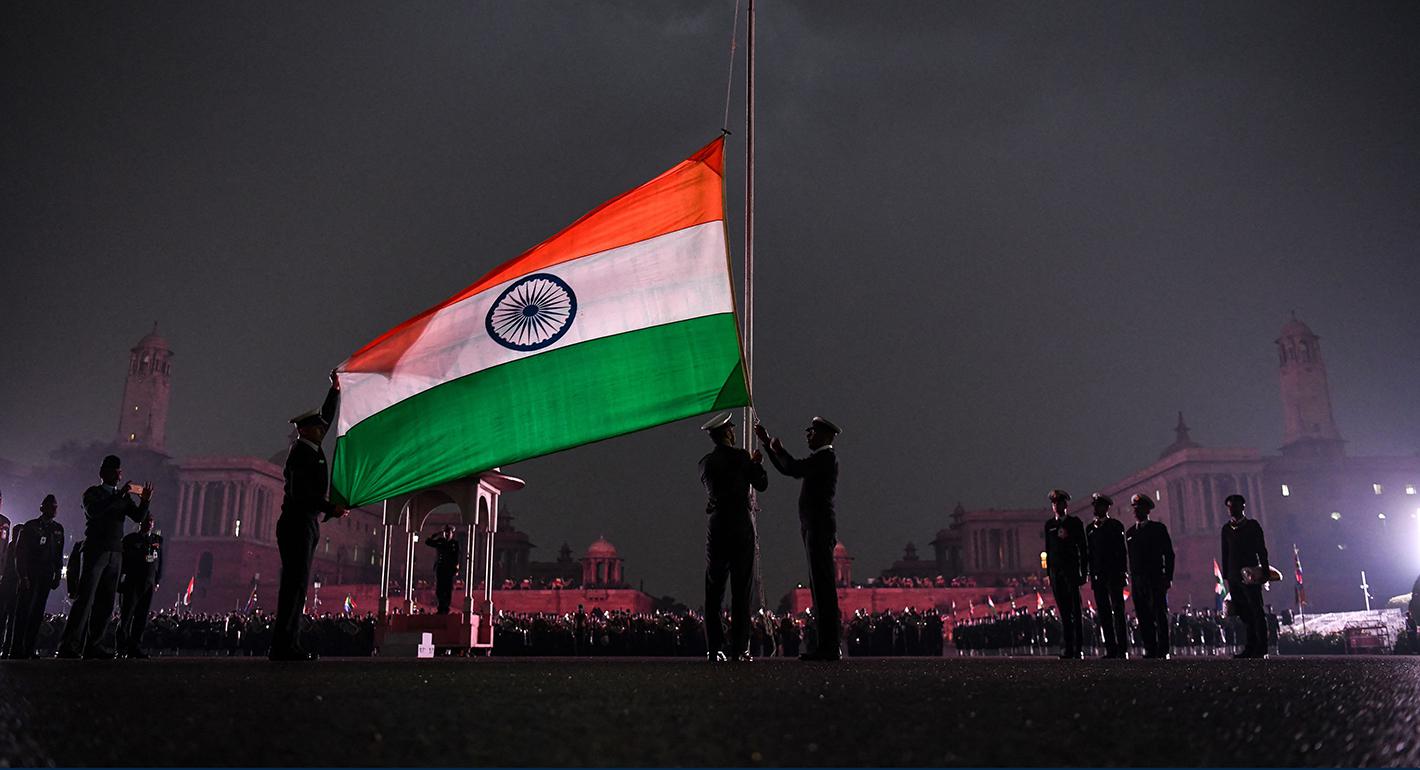

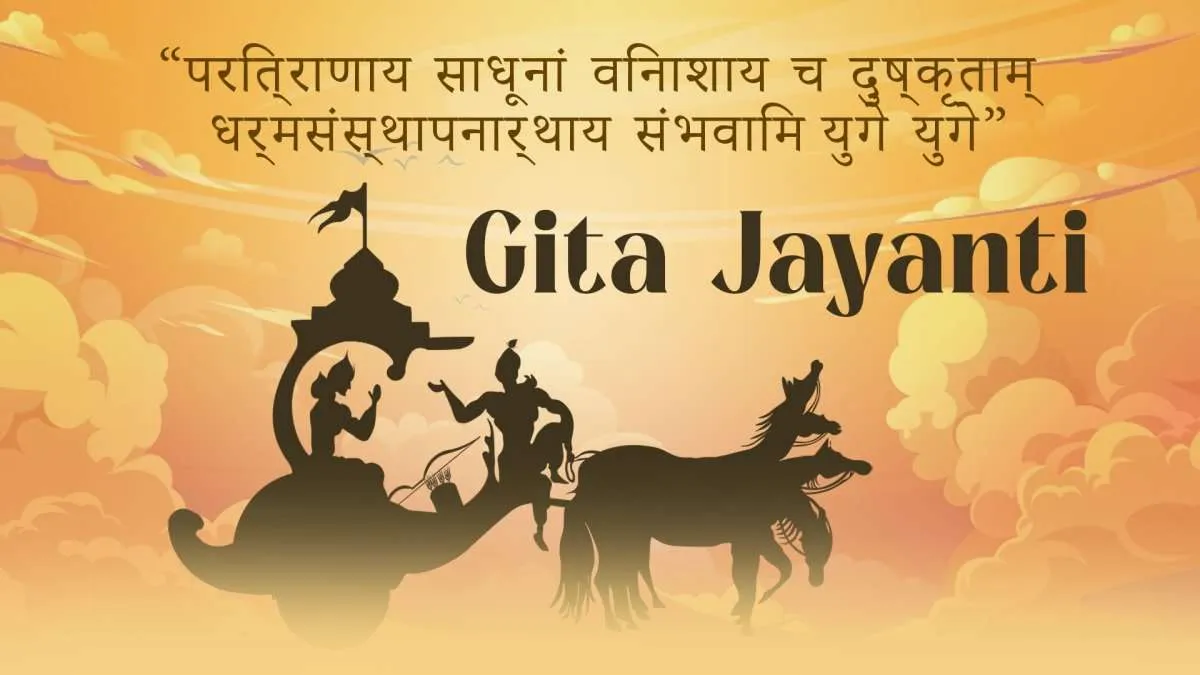
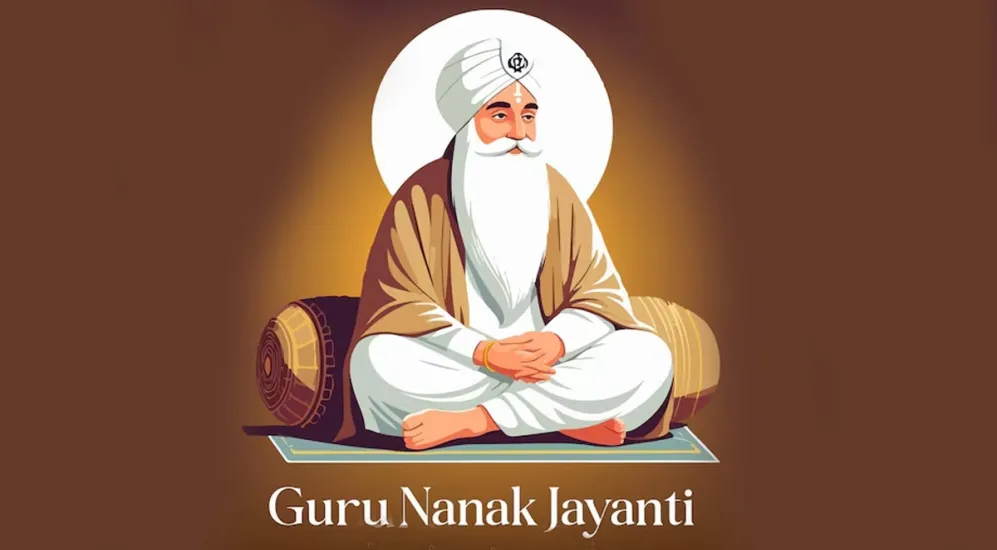
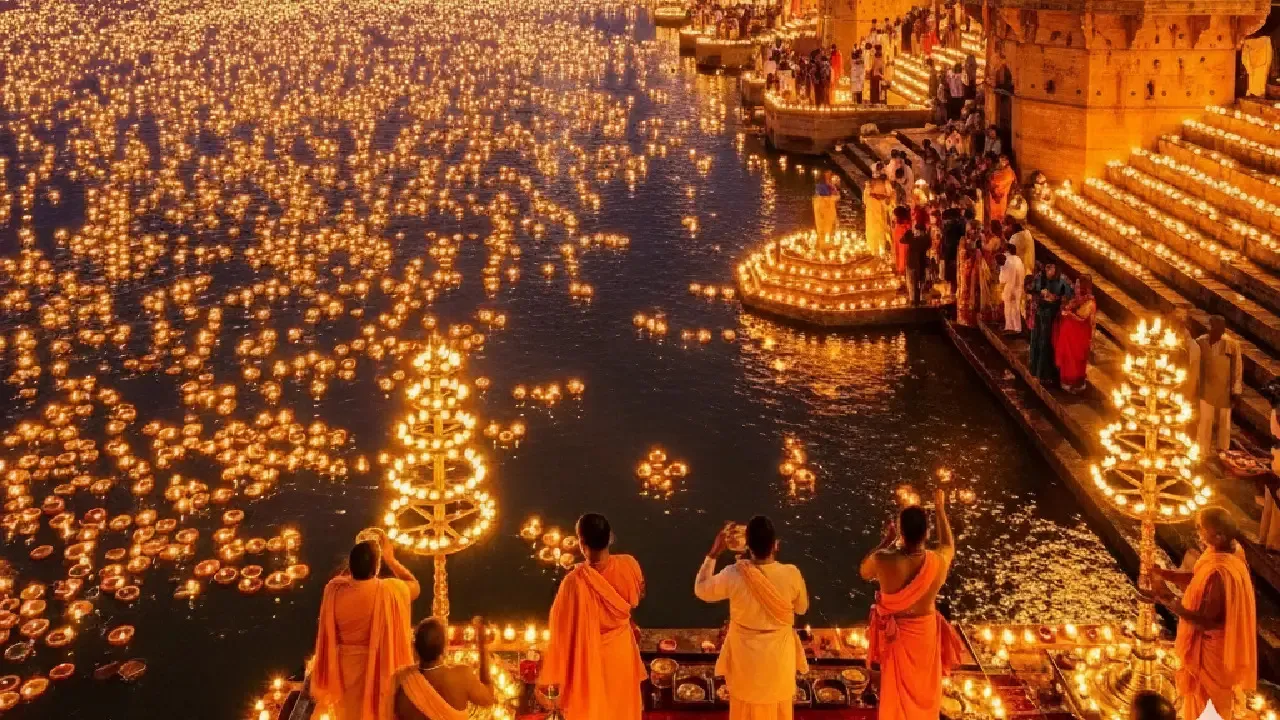
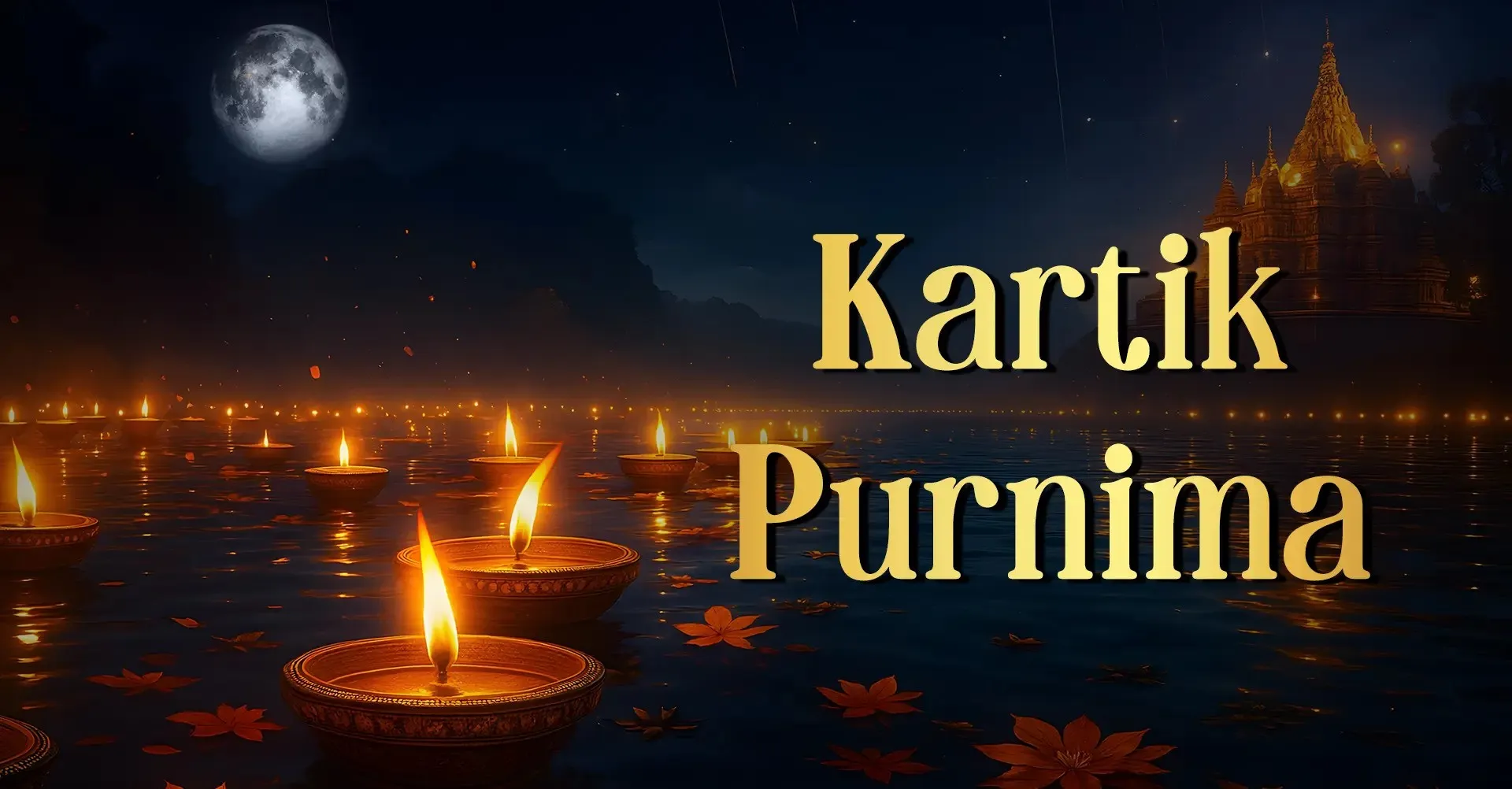
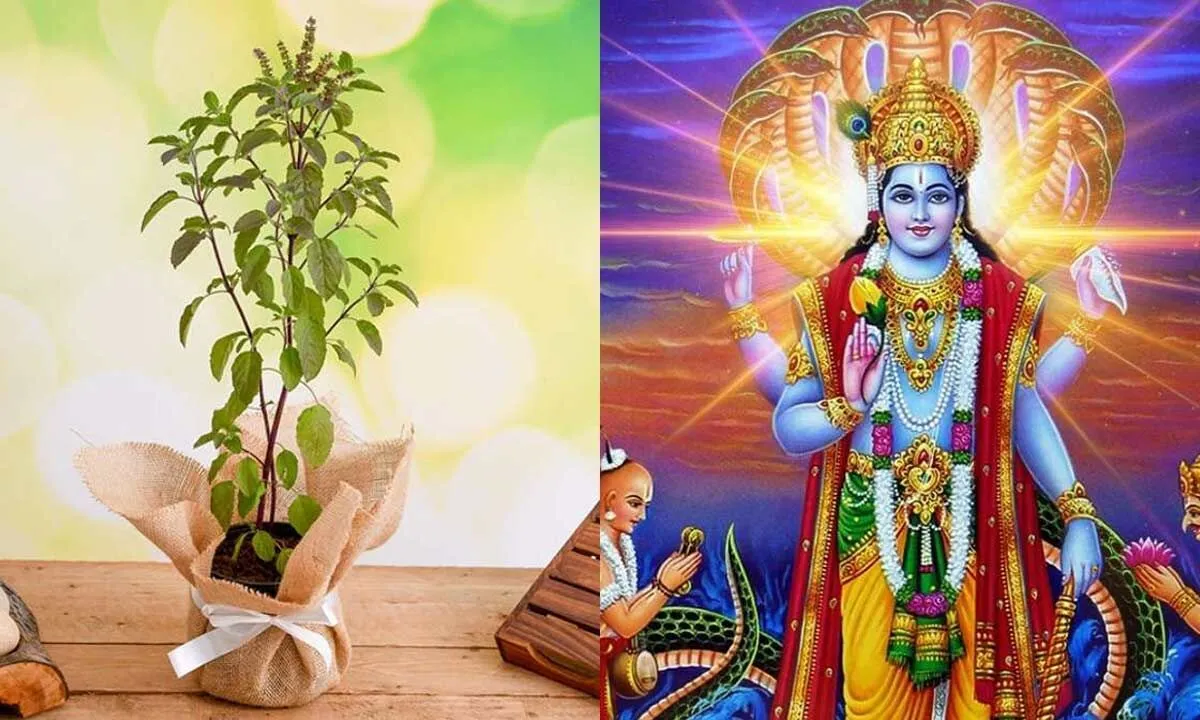

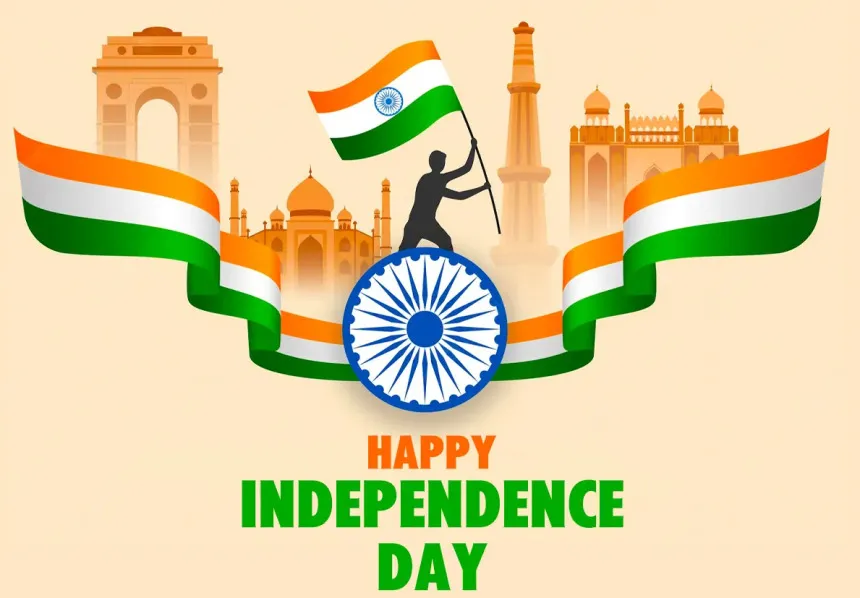

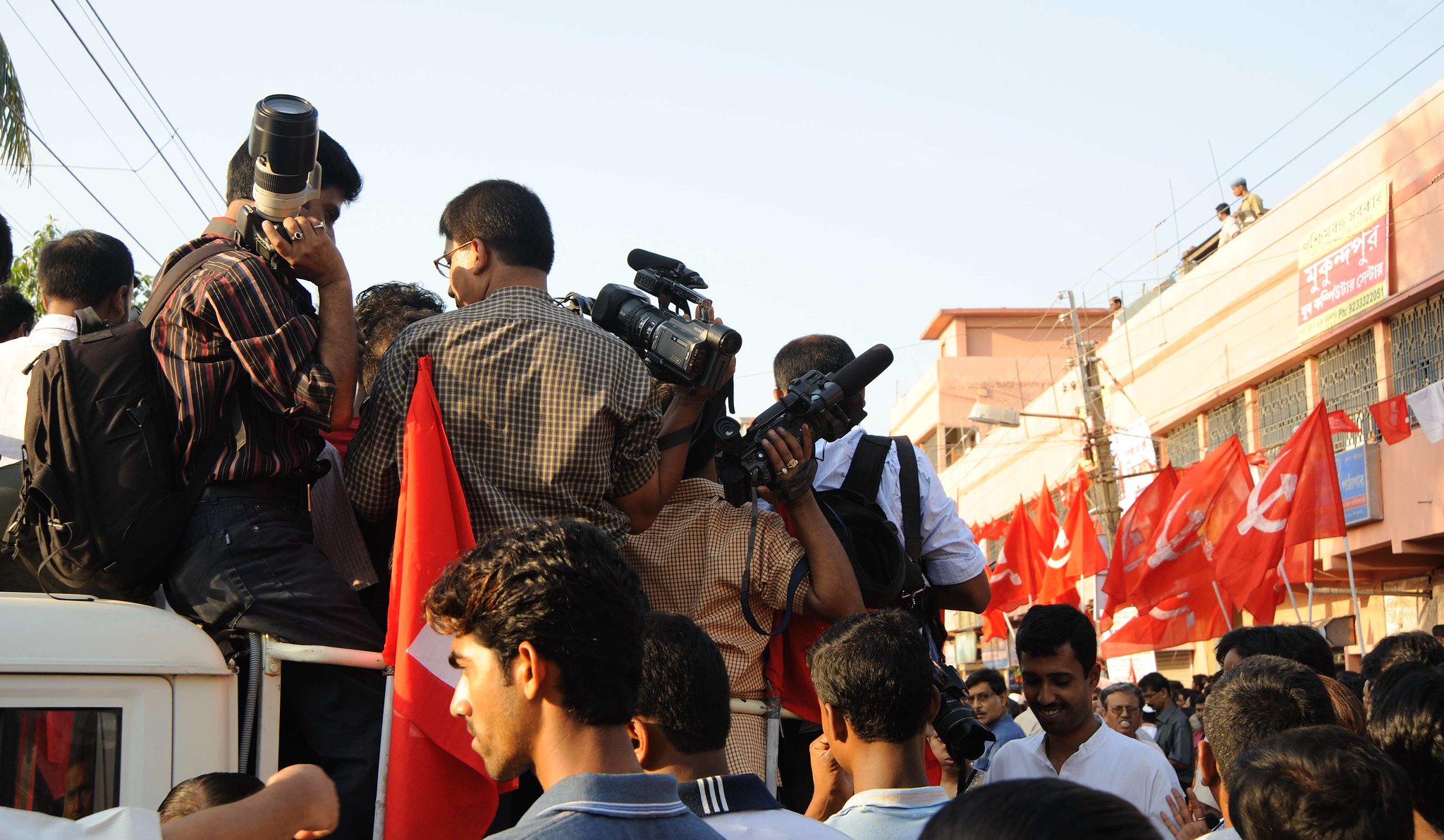
Recent Comments
No comments yet.